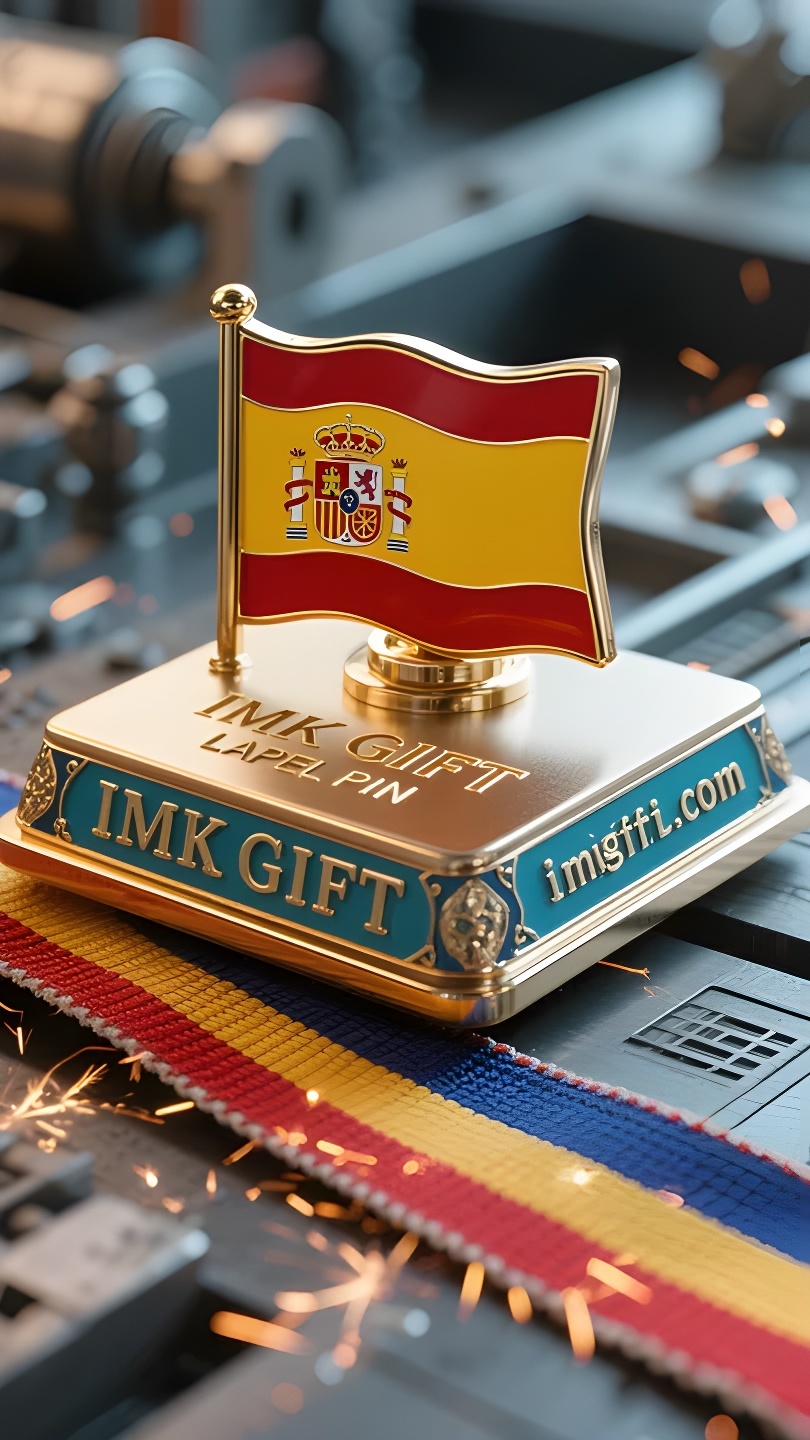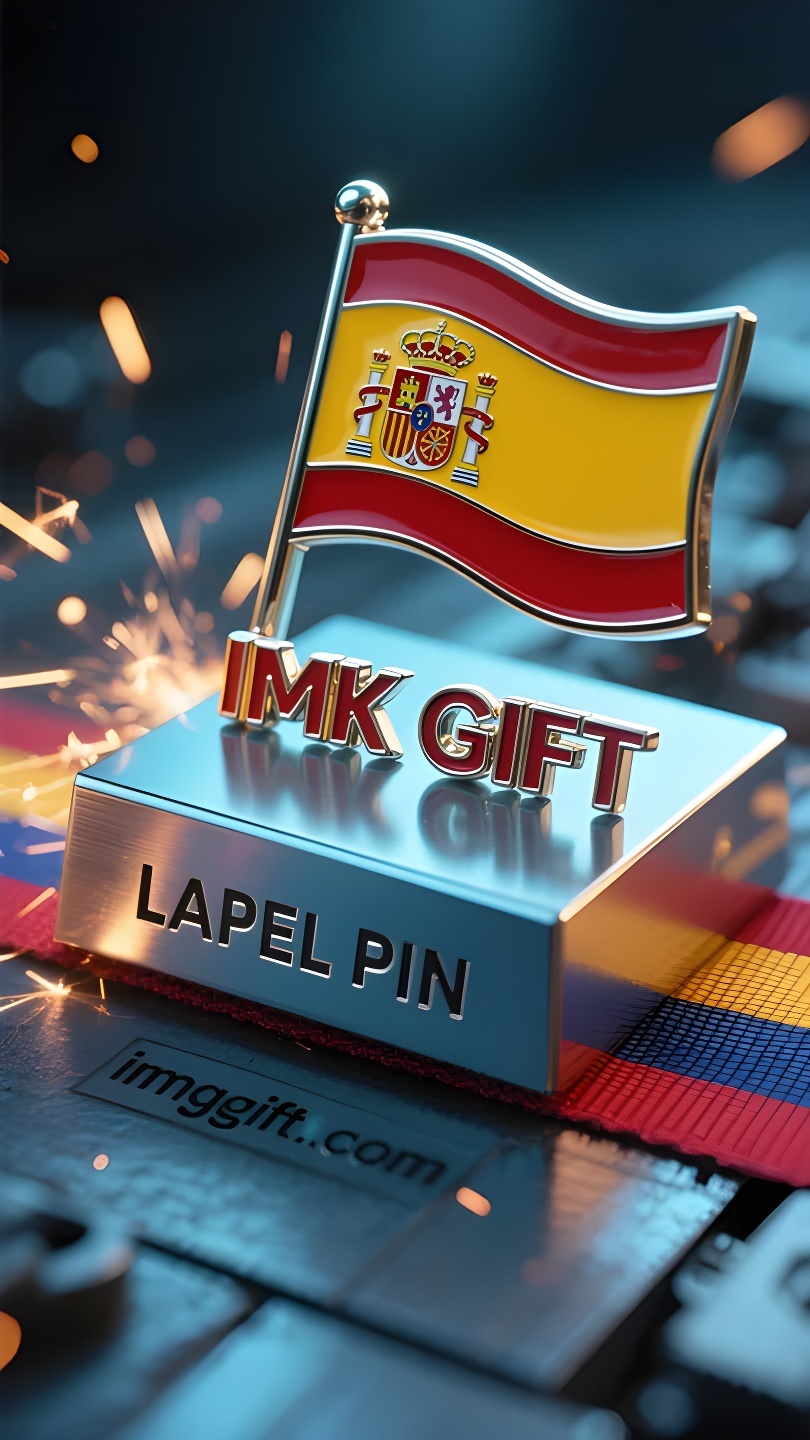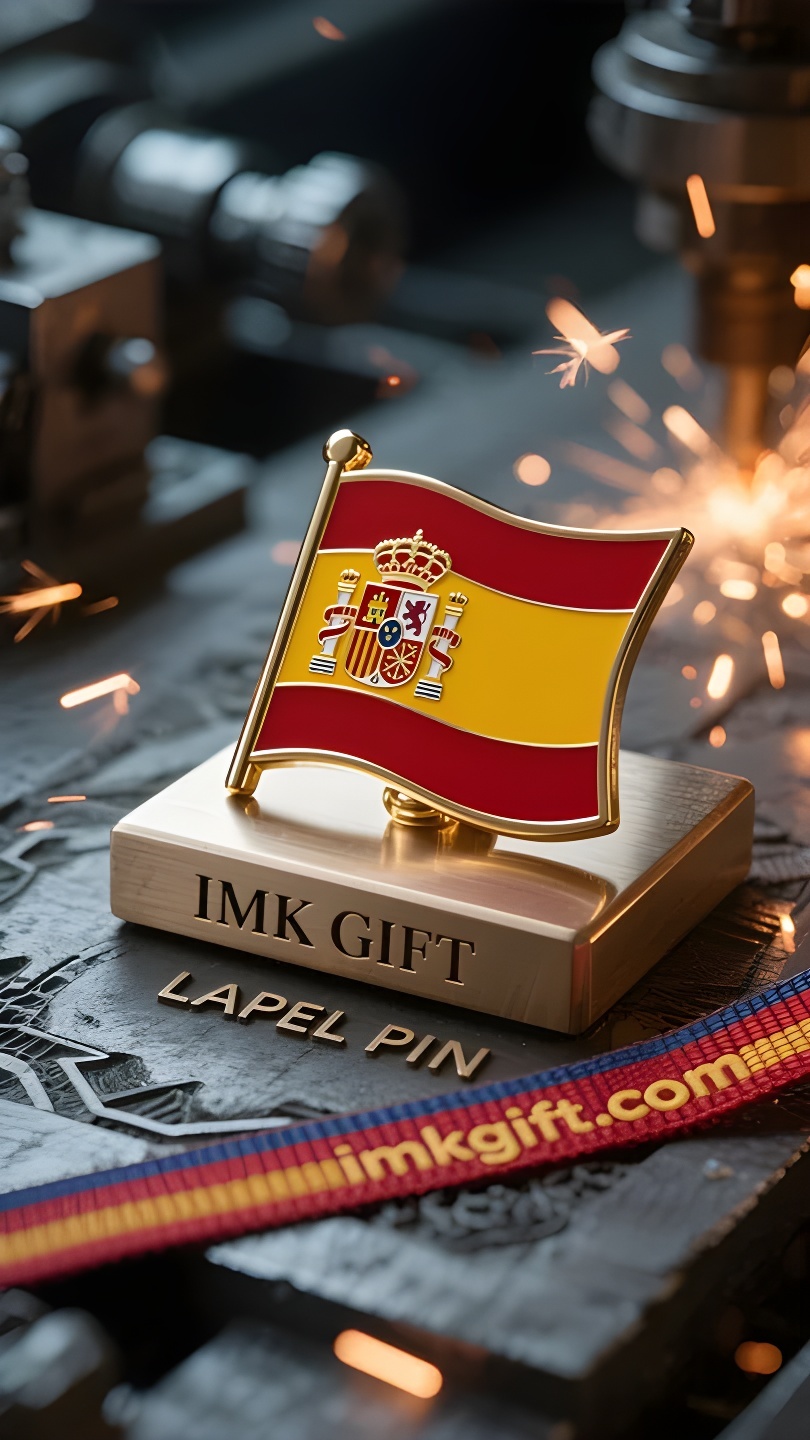in989-Sobre-el-pisapapeles-la-distancia-el-camino-de-la-trascendencia-en-el-espíritu-español
▼
Cada 12 de octubre, las banderas nacionales rojas y amarillas ondean en las calles de España, y las Columnas de Hércules del escudo nacional brillan con una luz especial. Este tótem de dos pilares de piedra que sostienen la corona no solo está grabado en la bandera nacional, sino también fundido en pisapapeles de bronce sobre innumerables escritorios, representando el juramento eterno de “Plus Ultra” (más allá del límite) en los escritorios de los españoles contemporáneos. Este símbolo nacional tiene su origen en la Era de la Exploración y fue originalmente un hito fronterizo marcado por los antiguos romanos como el “fin del mundo”. Cuando la flota de Colón traspasó las fronteras de la geografía y la psicología, Carlos V transformó el hito en una declaración de expedición: los pilares de piedra se convirtieron en los mástiles de los pioneros, y el lema del pergamino cambió de “no hay mundo más allá de aquí” a “hacia la distancia”. El pisapapeles de bronce actual reproduce a la perfección este momento de transformación: al tocar las líneas de los pilares con las yemas de los dedos, parece tocar las palmas de los marineros del siglo XVI que sujetaban firmemente las cuerdas; al presionar los documentos, el texto dorado del pergamino queda paralelo a la línea de visión, recordando a toda persona moderna que se enfrenta a dificultades: el supuesto límite es un muro de papel que hay que romper. En la Universidad de Sevilla, los profesores suelen regalar pisapapeles con el emblema nacional a los graduados; a los emprendedores madrileños siempre les gusta colocar estos bloques de bronce en sus planes de negocio. Cuando las olas de la vida intentan derribar los ideales, estos pesados pisapapeles se convierten en los puntos de apoyo para anclar las creencias; al igual que los veleros que conquistaron el mar embravecido hace quinientos años, lo verdaderamente valioso no es la tierra alcanzada, sino el coraje de superarse al zarpar.
Every October 12, the red and yellow national flags flying in the streets of Spain, the Pillars of Hercules on the national emblem shine with a special light. This totem of two stone pillars holding up the crown is not only engraved on the national flag, but also cast into bronze paperweights on countless desks, telling the eternal oath of “Plus Ultra” (beyond the limit) on the desks of contemporary Spaniards. This national symbol originated from the Age of Exploration, and was originally a boundary marker marked by the ancient Romans as the “end of the world”. When Columbus’s fleet broke through the dual boundaries of geography and psychology, Charles V transformed the boundary marker into a declaration of expedition – the stone pillars became the masts of the pioneers, and the motto on the scroll changed from “there is no world beyond here” to “towards the distance”. Today’s bronze paperweight perfectly reproduces this transformation moment: when fingertips touch the lines of the pillars, it seems to touch the palm lines of sailors in the 16th century who were holding the ropes tightly; when the paperweight presses down the documents, the gilded text on the scroll is just parallel to the line of sight, reminding every modern person facing difficulties: the so-called limit is a paper wall to be broken. At the University of Seville, professors are accustomed to giving national emblem paperweights to graduates; entrepreneurs in Madrid always like to press such bronze blocks on their business plans. When the waves of life try to overturn ideals, these heavy paperweights become the fulcrums to anchor beliefs – just like the sailboats that conquered the raging sea five hundred years ago, what is truly precious is not the land reached, but the courage to surpass oneself when setting sail.
每年10月12日,西班牙大街小巷飘扬的红黄国旗中,国徽上的赫拉克勒斯之柱闪耀着特殊光芒。这座由两根石柱托起王冠的图腾,不仅镌刻在国旗上,更被铸成无数办公桌上的青铜镇纸,在当代西班牙人的案头述说着”Plus Ultra”(超越极限)的永恒誓言。
这个源自大航海时代的国家象征,最初是古罗马人标注”世界尽头”的界碑。当哥伦布的船队突破地理和心理的双重界限,查理五世将界碑改造成远征的宣言——石柱化作开拓者的船桅,卷轴上的箴言从”此处以外再无世界”蜕变为”向着更远方”。今天的青铜镇纸完美复刻了这个蜕变瞬间:当指尖抚过立柱纹路,仿佛触摸到十六世纪水手紧握缆绳的掌纹;镇纸压住文件时,卷轴上的烫金文字恰好与视线平行,提醒每个面对困境的现代人:所谓极限,本就是用来打破的纸墙。
在塞维利亚大学,教授们习惯将国徽镇纸赠予毕业生;马德里的创业者总爱在商业计划书上压着这样的青铜块。当生活的浪涛试图掀翻理想,这些沉甸甸的镇纸便成为锚定信念的支点——就像五百年前征服怒海的帆船,真正珍贵的不是抵达的陆地,而是起航时超越自我的勇气。
▼
Contact Us
📞 Tel: +0086-760-85286839
📧 Email: sales3@imkgift.com








